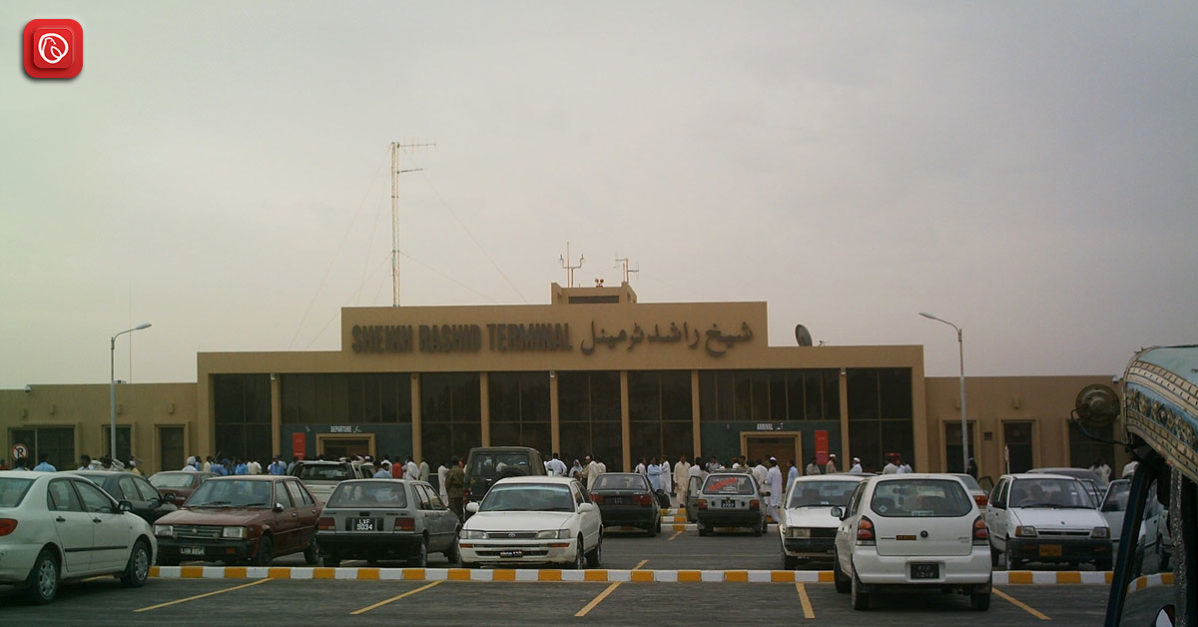“Buy land, they’re not making it anymore.” – Mark Twain
The real estate realm is constantly changing due to social, cultural and technological changes. The real estate trends that helped experts make successful predictions in the past are not fruitful in the present. While it is an open secret that real estate trends are shifting, experts are still debating the impact it will have on people and businesses. These developments can have both positive and negative impacts on real estate.
Graana.com brings you an overview of opportunities and challenges faced by the real estate sector in 2021.
Changes in Modes of Mobility
Changes in modes of mobility present tremendous opportunities for the real estate sector. With advances in technology, people are moving towards sustainable living. Electric cars, that are both cost efficient and environmentally friendly, will be the future. These sustainable modes of mobility will enable people to convene easily and seek opportunities that are not restricted to their hometown. This reduces the cost of living in urban areas significantly.
Similarly, the availability of the internet and the plethora of work options that are available as a result are increasingly changing the employment dynamics. Work from home is becoming more culturally acceptable. Changes in work dynamics have allowed individuals to work from home; people are not tied to a specific location. With a laptop and stable internet connection, individuals can achieve their work deliverables from remote locations.
Moreover, the mushrooming of food delivery outlets have also enabled people to be more mobile. These changes have a significant impact on the real estate properties including retail and dining. The commercial properties are also changing as people are increasingly reverting to shopping online. Real estate investors may want to assess the changing dynamics and adopt changes in investment models.
Head of Structured Investments at Basis Investment Group, Shaunak Tanna, considers mobility solutions to be a masterstroke in the evolving real estate market. She says, “Uber and Lyft have made arrangements with some suburban office park campuses to provide discounted rides to nearest transit centres, which reduces the need to be located next to transit hubs. Once you get to fully autonomous cars, maybe we’ll see more suburban sprawl as people are able to use their commute times effectively and be productive at that time, as opposed to now when they’re driving.”
Internet-based Interactions
Another opportunity faced by the real estate industry is internet-based interactions. Social and commercial interactions have shifted online which have led to decrease in interest in conventional commercial developments. These traditional facilities are being replaced by logistics infrastructure. Although gigantic warehouses will be part of the future, they are not restricted by it.
Businesses will focus on creating experiences. With online interactions taking over conventional interactions, cities will be redesigned to incorporate residential mixed use developments such as speciality stores, open-air markets, cafes and restaurants. This means that public and commercial spaces will increasingly have recreational facilities to allow for more social interactions. It is not clear how things are going to play out in the future, but one thing is certain; urban centres are changing.
Demographic Alterations
Health care is improving which extends the life expectancy of citizens. Ageing population is seen as a positive development by real estate analysts. With greater proportion of ageing population will impact the way cities and urban centres will be designed. For example, urban spaces will be developed in a way to incorporate more green spaces and recreational activities for the elderly. Moreover, public spaces will be designed to have wheelchair access with additional seating.
Gerstenlauer explains the situation. She says, “A lot of (assisted-living) investments are in trouble because seniors don’t want to leave their home and live in isolation with people their age, and because this generation can’t afford it. The majority of baby boomers don’t have the $4,000-$10,000 per month to spend on rent in one of those facilities.”
Climate Change
The greatest threat to the real estate sector comes from climate change. Experts say that the coastal areas will be affected significantly by the emerging climate change and will consequently impact real estate investments.
Different firms view the climatic challenges differently. Lubeck suggests that his firm is “very cautious about coastal investments and we don’t do waterfront investments at all, mostly due to insurance.” Pat Jackson of Sabal Capital further elaborates that, “You better start thinking about that ‘thousand-year flood’ happening twice in 10 years. Natural disasters that might have been historically rare are becoming regular due to climate conditions. We think about that every time we evaluate a portfolio or single investment.”
Pakistan is one of the worst hit countries when it comes to climate change. With the glaciers melting, the crisis has been bestowed upon the country sooner than it can be rectified. This makes investments near the glaciers or coastal areas a risky investment.
Regulation
Although tax breaks and incentives are welcomed, generally regulation is met with suspicious eyes in the real estate sector. The general perception is that even though regulation is supposed to regulate the market and encourage economic growth, it is unaccounted for consequences that hinders its true potential.
Gerstenlauer elaborates this notion in the following words, “We’ve seen regulations that are promoted as favourable to renters reduce landlord’s willingness to make the investment necessary to upgrade the existing housing stock. This impacts everything from residents’ comfort to the energy efficiency of buildings.” For example, rent controls may prevent a property from being listed due to cumbersome requirements. Although with good intentions, excessive controls can actually prove to be detrimental. In the former example, controls result in properties being listed for lower prices, which reduce housing supply and eventually exacerbates the affordability crisis.




